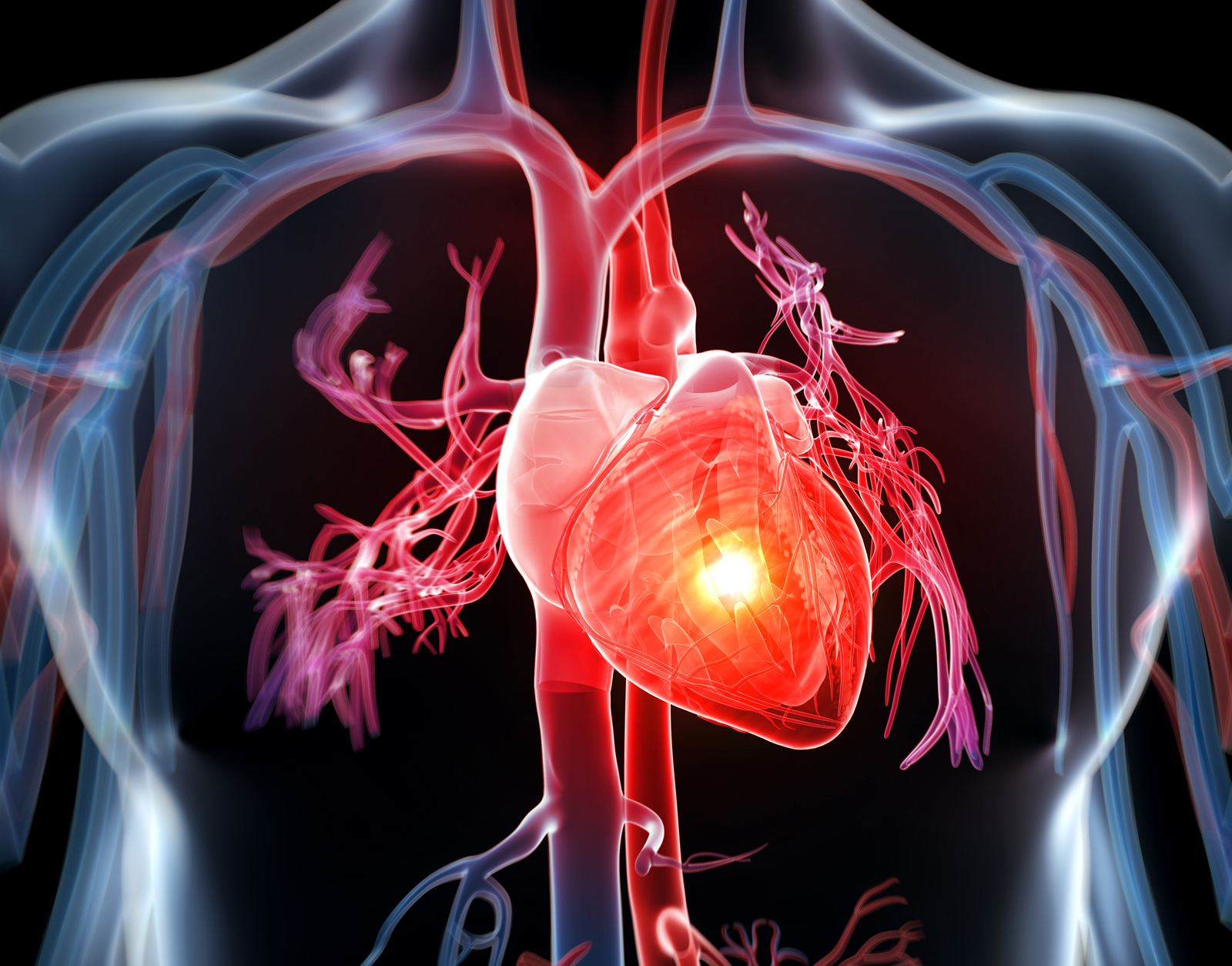
Frailty is a health condition that increases risks of poor health, falls, disability, and death in older adults. Signs of frailty include weakness, weight loss, slow walking speed, exhaustion, and low levels of activity. As our population ages, scientists expect that more and more of us will need to address frailty and its associated health concerns.
Geriatrics is the branch of healthcare dedicated to working with older people. Geriatrics experts have suggested that physical activity may one of the best ways to prevent frailty.
Physical activity includes walking and other gentle forms of exercise. It is proven to improve health. Physical activity can lower the risk of many chronic diseases, including type 2 diabetes, heart disease, several cancers, and depression. Exercise also can improve your ability to perform your daily activities and can lower your risk of death from heart disease. In frail older adults, physical activity has been shown to improve strength, balance, agility (the ability to move quickly and easily), walking speed, and muscle mass (the amount of muscle you have in your body). These are all key functions tied to frailty.
Researchers recently reviewed a number of studies about exercise in frail older adults. The review found a number of studies that showed exercise helped reduce falls, improved walking ability, improved balance or increased muscle strength. However, we still don’t know whether physical activity can reduce death among frail older adults.
Researchers recently designed a study to fill that knowledge gap by exploring whether physical activity could lower the high rate of death associated with frailty in older people. Their study was published in the Journal of the American Geriatrics Society.
The researchers used information from the UAM (Universidad Autonoma de Madrid) study, which included people 60-years-old and older who lived at home in Spain.
The 3,896 study participants were selected according to sex and age. Information was collected at the participants’ homes through personal interviews, and physical examinations were performed by trained personnel.
Researchers assessed how much physical activity the participants did by asking whether they were generally inactive during their leisure time, or engaged in physical activity occasionally, several times a month, or several times a week.
Frailty was determined with the FRAIL scale, which measures five components of frailty: Fatigue, low Resistance (ability to maintain an effort, such as climbing stairs), limitation in the Ability to walk several hundred yards, Illness, and weight Loss.
Researchers reported that, of the participants:
- 12 percent reported having fatigue
- 7 percent had low resistance
- 4 percent had difficulties walking
- 2 percent had experienced weight loss
- 2 percent were sick
That means:
- 52 percent of the study participants were in robust health
- 4 percent were pre-frail (the medical term for a weakened state of health before someone is considered frail)
- 6 percent were frail
The study’s follow-up period was 14 years. During that time, 1,801 participants died (46% of total participants), including 672 due to cardiovascular disease.
Compared with robust participants, pre-frail and frail people had a higher risk of death from cardiovascular disease. Having any one of the five components of the FRAIL scale was linked to a higher risk of mortality from any cause.
The researchers said that being pre-frail or frail could be linked to a higher risk of death from cardiovascular disease. However, being physically active was linked to a lower risk for death among pre-frail and frail individuals. What’s more, deaths from cardiovascular disease in people who were physically active but also frail were similar to levels for pre-frail and inactive people.
The researchers said their findings suggest that physical activity might partly reduce the increased risk of death associated with frailty in older adults.


Leave a Reply